For today’s post, I am sharing a speed painting I did for a recent Twitch stream, using only digital brushes. This was a strange and new experience for me in many ways, as I generally prefer to draw both very slowly, and with regular, old, real-life pencils. I still love the tactile feel of them, and crtl+z is overrated. Who needs it!? It was fun and I found it more challenging than expected. (I take it back ctrl+z, come back! COME BAAAAAACK!)
For the stream I created a set of fancy new Photoshop brushes that could simulate traditional chalk and charcoal. One of the goals of making this set was to find a brush that could manage a variety of tasks based on how small you shrank it, or how large you made it. I think a really good Photoshop brush ought to be able to handle a wide variety of tasks. After all, the traditional pencil can do that with ease. Traditionally, you can use the tip for fine details, or the side for broad shading and texture, or wait until you’ve worn the tip down just enough, and you can get almost calligraphic thick-to-thin lines. So many fantastic options with a single tool!
I think a good digital brush should be able to do the same thing:
To make the brushes I scanned papers littered with a variety of smudges, strokes, lines, dots, marks, shapes, rorschach tests, obscene gestures, and general carbon-y detritus. It might seem like a lot of effort to simulate things that are easily accomplished with just drawing with real materials. True, but this is part of a larger diabolical effort of mine to eventually create a computer replicant of myself, one that does all of my work for me, giving me time to finally dedicate myself to the really important things, like sleeping.
And also, I find creating traditional-looking brushes to be a wonderful way to blend the digital and traditional mediums. The more my digital media looks like my traditional media, the less jarring it is to go from one to the other. I was born into an analog world, and then forced to join the workforce in a digital one, and blending the two is still my favorite way of working.
While we were making this set we stumbled on some really fun ones, both for drawing, and for making traditional-looking textures:
We also arrived at the final design for Hobbes and the Leviathan fairly organically, as we took a lot of suggestions from the chat. Things like: “Chat, should this figure be a wizard or a dragon?” To which chat (playing art director) inevitably replies, “A wizard AND a dragon!!” And from there, the image starts to develop. We hit a lot of snags and speedbumps and ctrl+z along the way, but we make it there in the end.
If you’d like to check out the stream, and see the brushes in action, you can watch it here:
https://www.twitch.tv/videos/687288808
As I mention in the video, there was a lot of back and forth on the title. I like the idea that this figure just emerged from the mist, with a giant sea serpent behind him, and that if you are close enough to shoot arrows at him, it’s already too late. If you can see him, it’s already too late, was actually the alternate title for a while. I also liked, Life With Toddlers During the Lockdown. But Hobbes and the Leviathan won out in the in by popular poll.
I am a terrible speed-painter, as I typically prefer to laboriously draw and redraw my figure a thousand times to slowly idiot-proof my final design. So this is a look inside the actual madness of how I develop an image out of pure, undiluted chaos. I hope you enjoy!


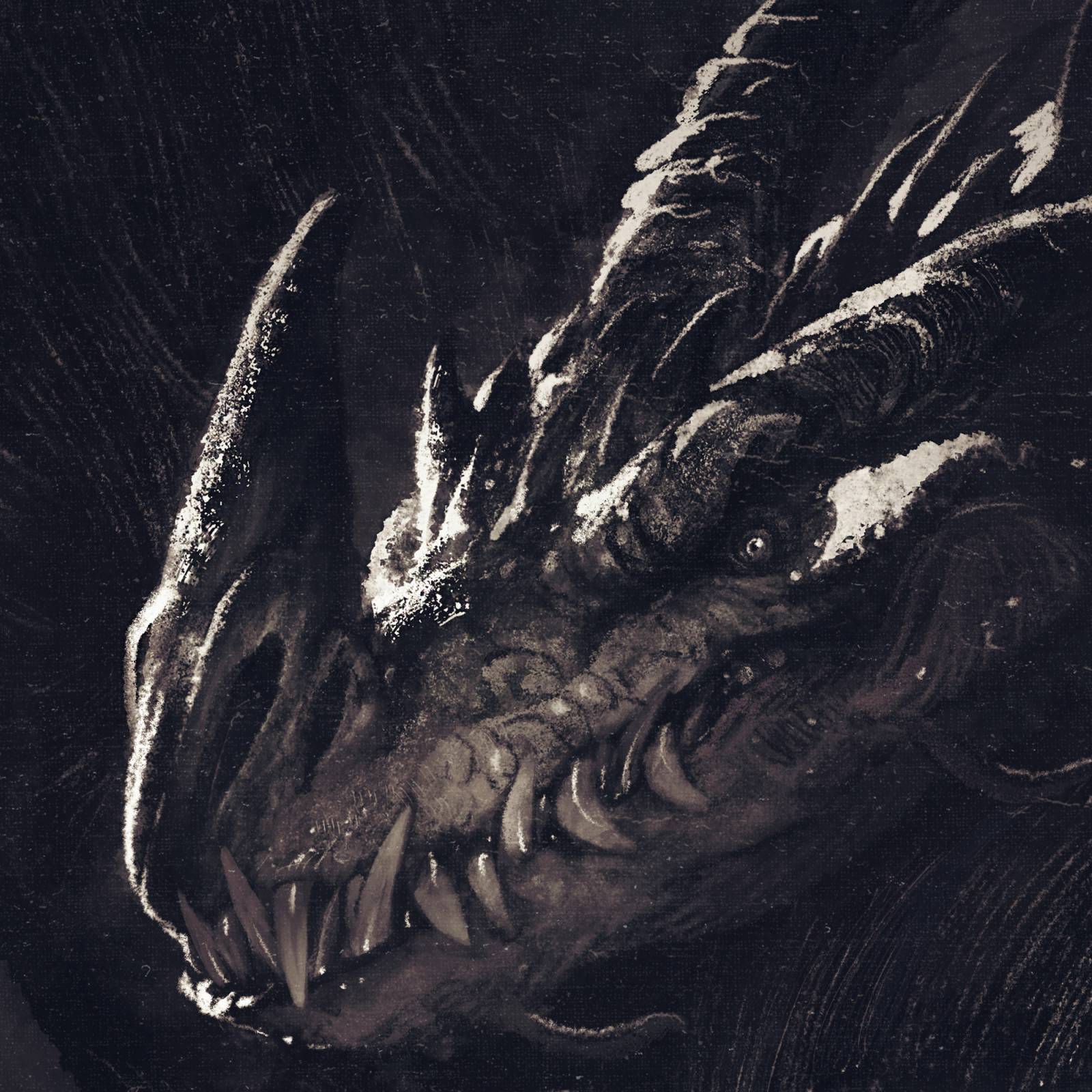
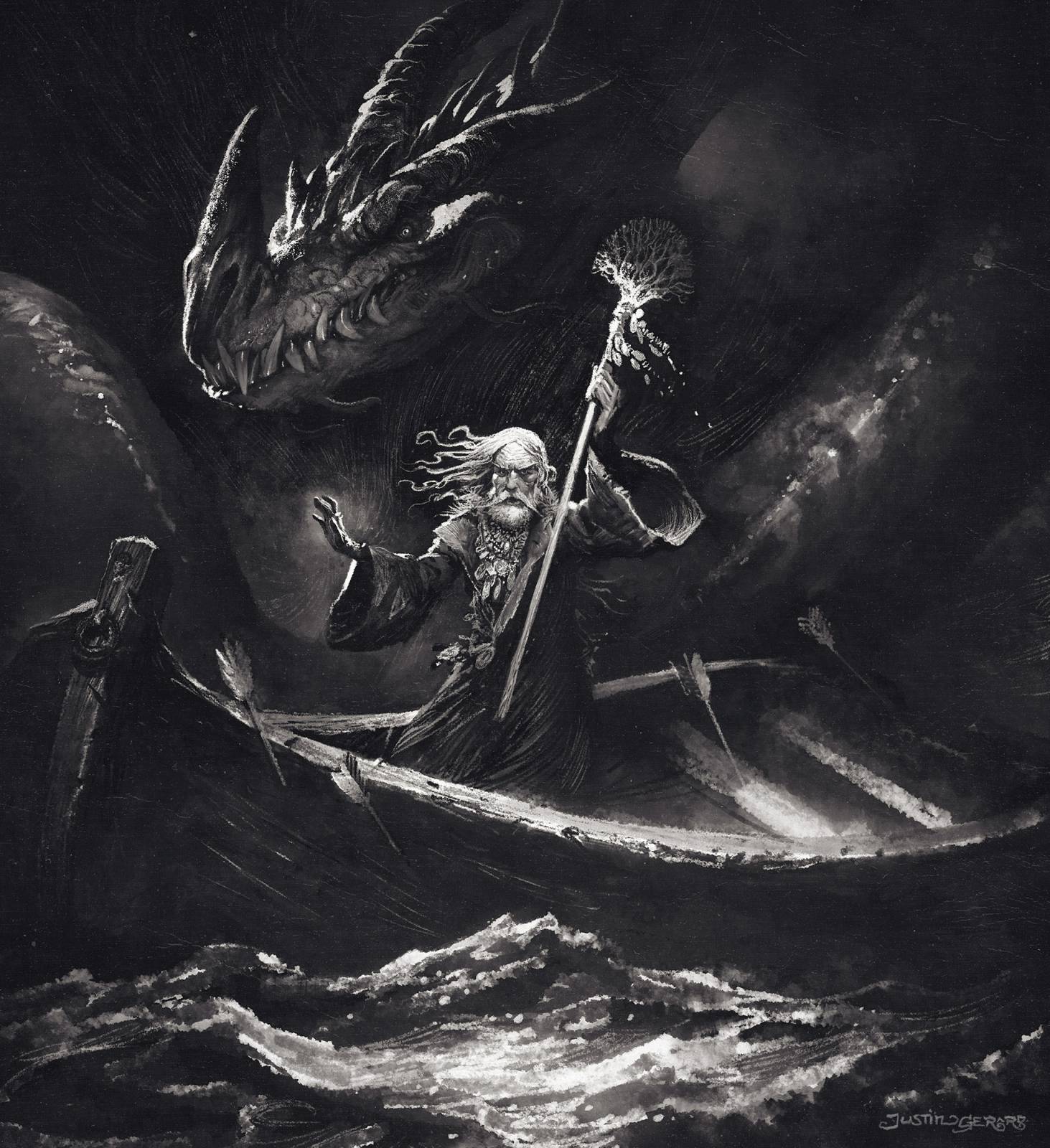
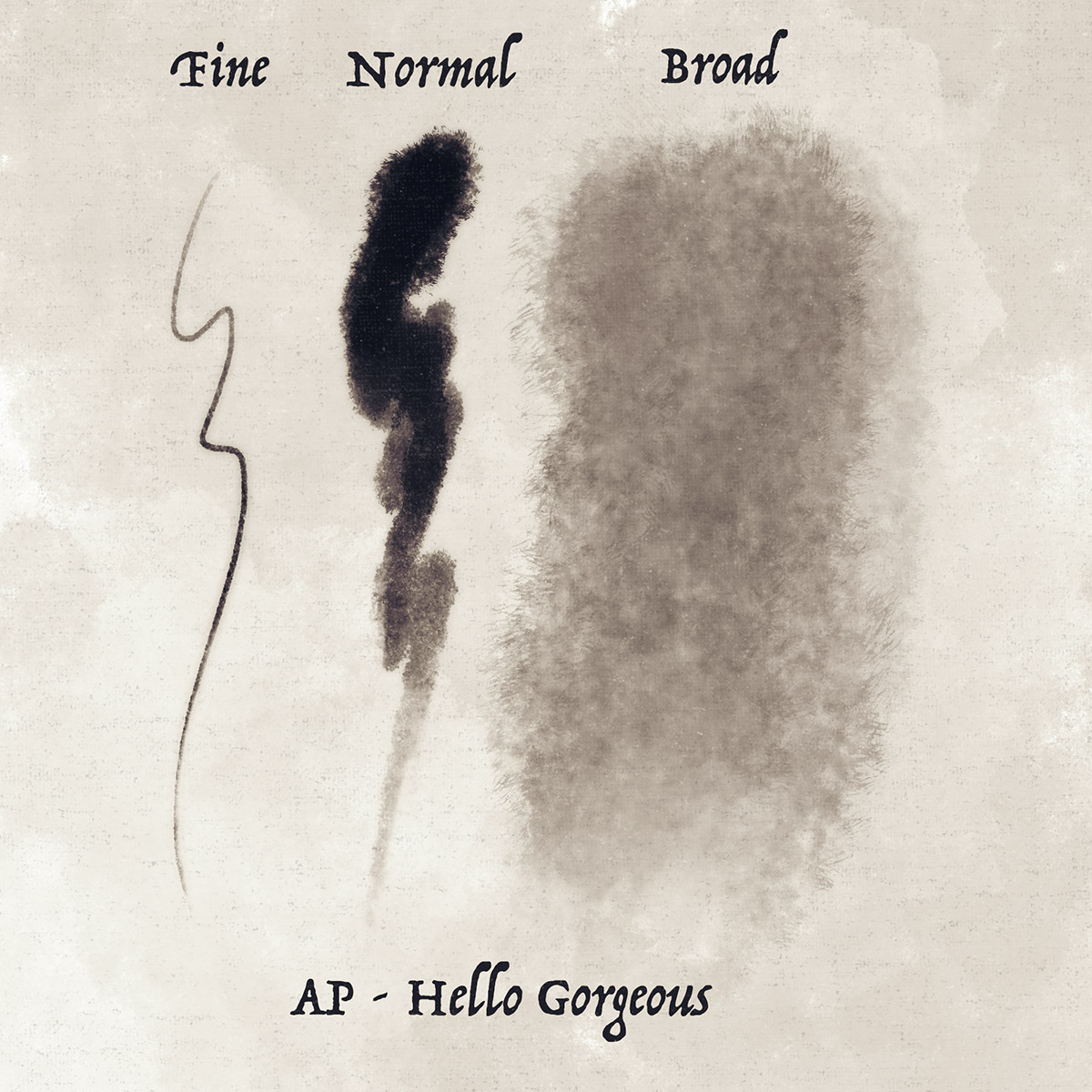
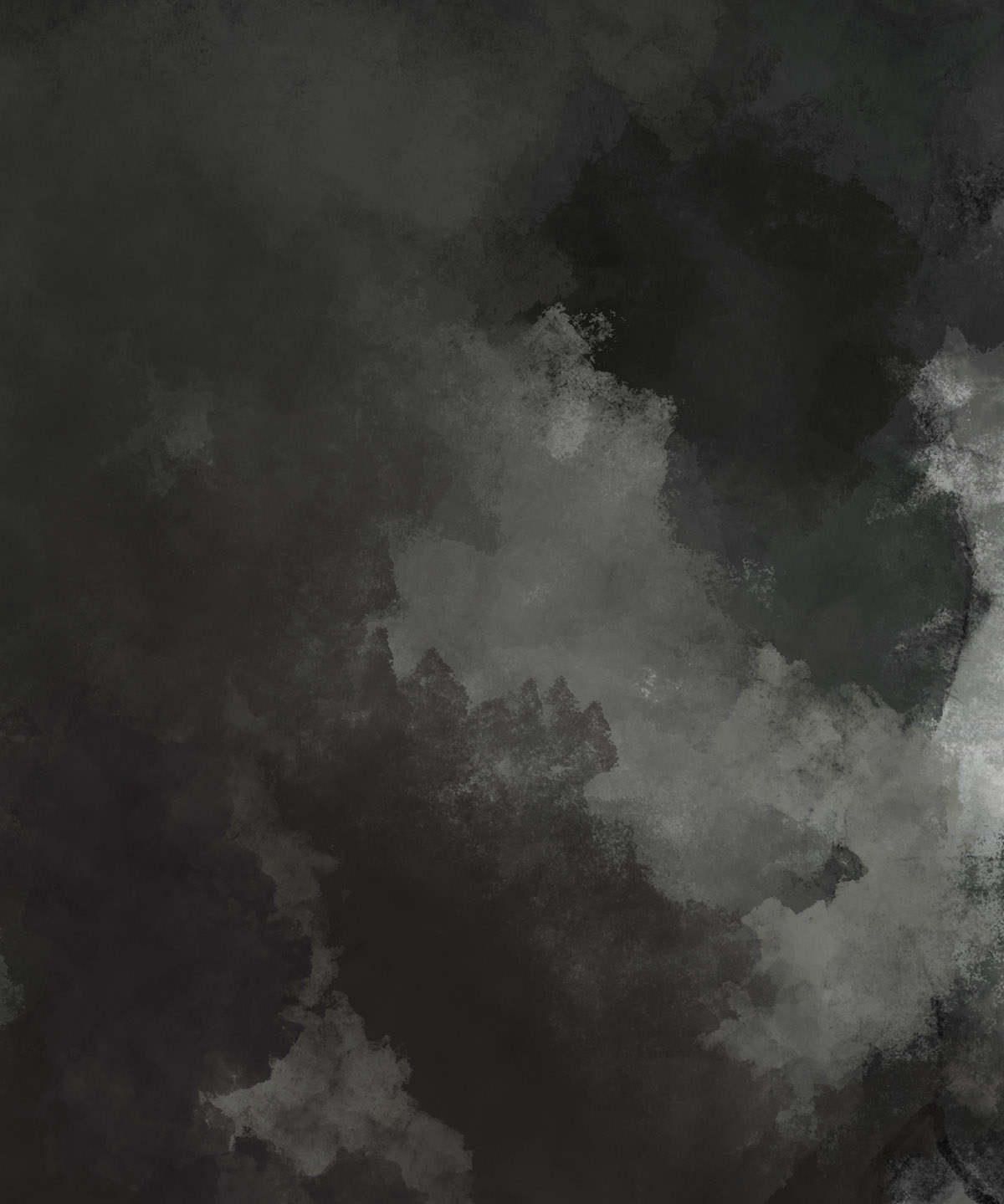
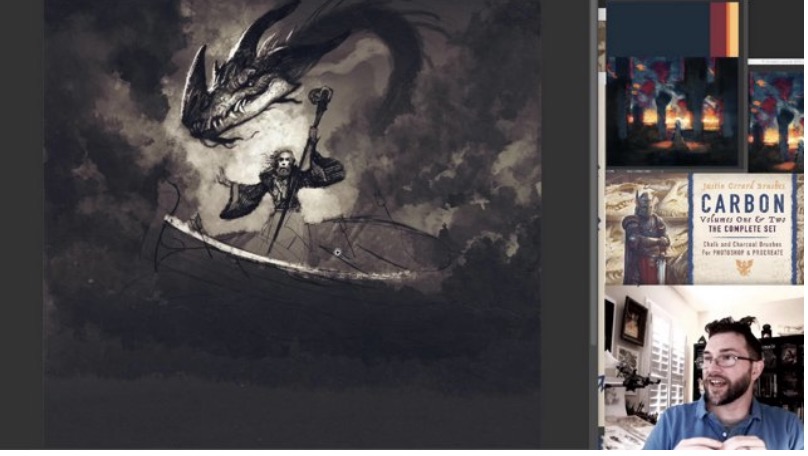
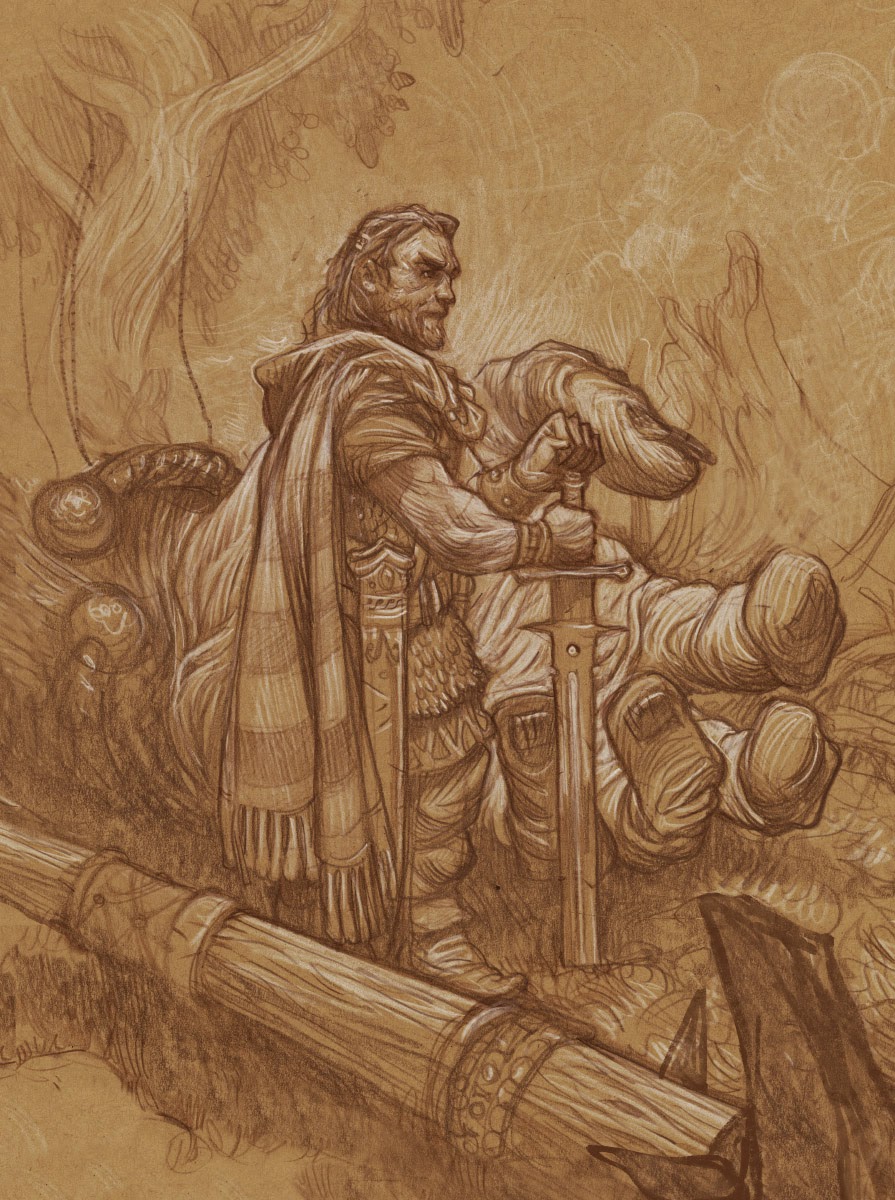
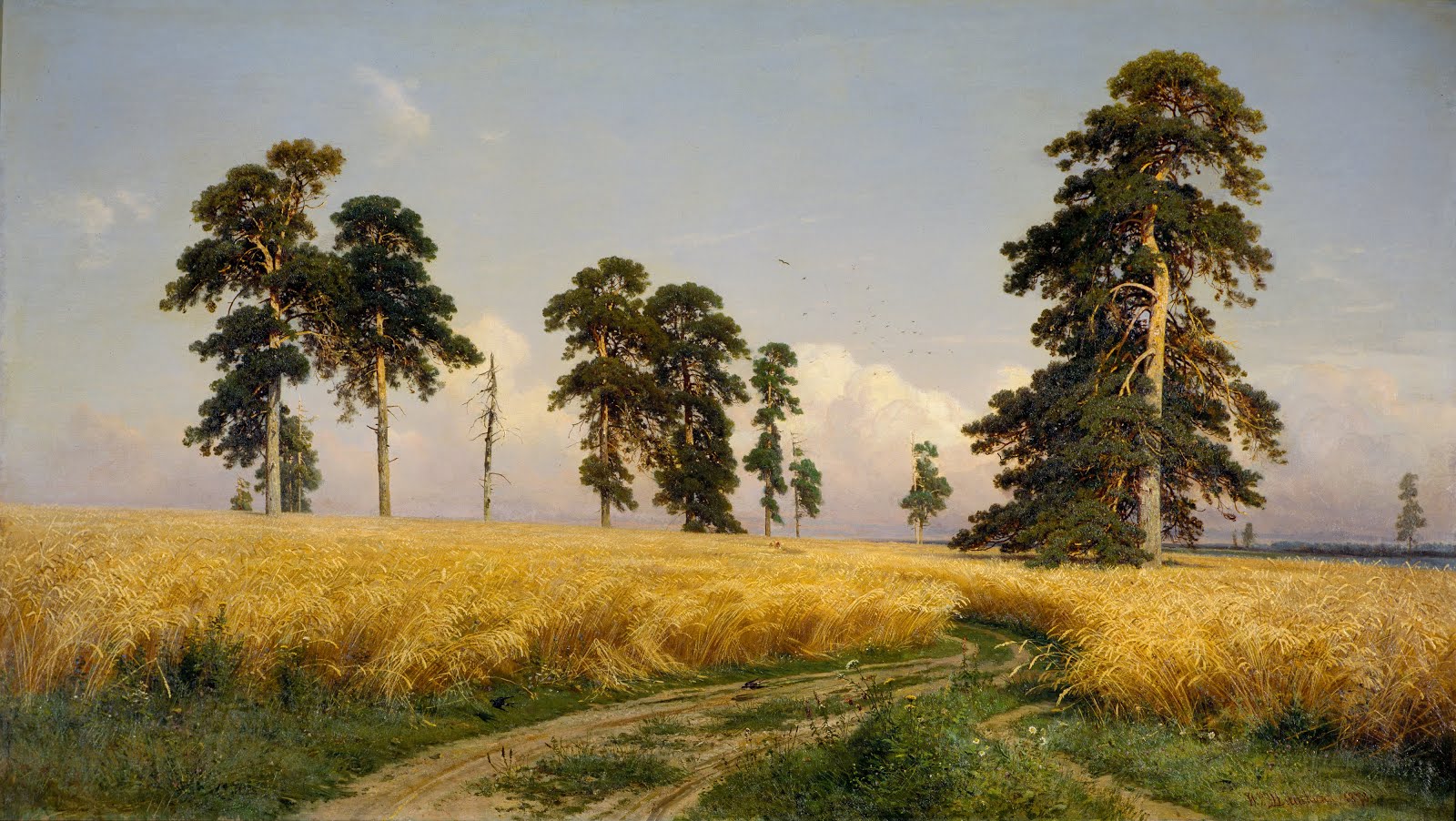
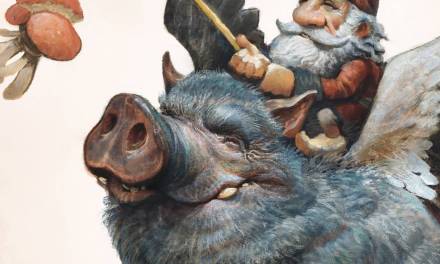
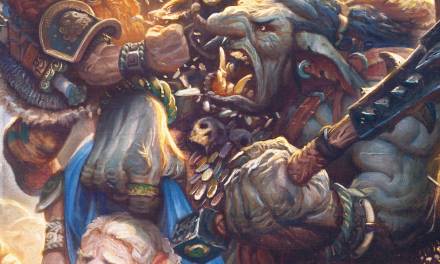
Just love your dragons Justin – and your wizard is much more serious and “real” than you usually do. Organic man.
I just last week made myself a twitch account and now you’re gonna be the first one I’ll follow 😀 That painting is awesome!
Thanks Kaisa!
Hey well thanks Paul! That means a lot to hear. Your dragons (and dwarves, goblins, trolls, and mossy rocks for that matter) are the standard of excellence by which all others are judged.